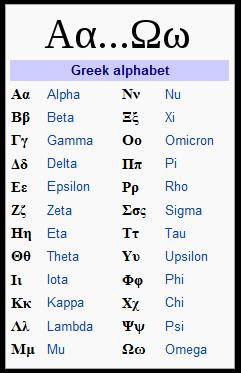1) stars form from clouds of dust and gas.
2) The force of gravity makes the gas clouds come spiralling in. As they do, gravitational energy is converted into heat energy and the temperature rises.
3) When the temperature gets high enough, hydrogen nuclei undergo nuclear fusion to form helium nuclei and give out massive amounts of heat and light. A star is born. A Protostar.
It immediately enters a long stable period where the heat created by the fusion provides an outward pressure to balance the force of gravity pulling everything inwards. In this stable period its called a main sequence star (our sun is a main sequence star).
Because the balanced forces stop everything exploding outwards or collapsing inwards, and because of the huge amount of hydrogen stars contain, this stable period can last millions of years.
4) Eventually the hydrogen begins to run out and the star then swells into a red giant. It becomes red because the surface cools. (Red giants are so massive at one point are star will engulf the earth inside it).
5) A small star like our sun will then begin to cool and contract into a white dwarf and then finally, as the light fades completely, it becomes a black dwarf.
6) Big stars, however, start to glow brightly again as they undergo more fusion and expand and contract several times, forming heavier elements in various nuclear reactions. Eventually they will explode in a supernova. ( the biggest explosion known to man).
7) the exploding supernova throws the outer layers of dust and gas into space, leaving a very dense core called a neutron star. Or if the star is big enough, a black hole. (please note you cant actually see black holes so this picture is sci-fi).
this is a neutron star ( i find neutron stars interesting, even more so than that thing we know very little about the black hole).
8) The dust and gas thrown off by the supernova will form into second generation stars like our sun. The heavier elements are only made in the final stages of a big star, many in the supernova itself, so the presence of heavier elements in the sun and the inner planets is clear evidence that our beautiful and wonderful world, with its warm sunsets and fresh morning dews, has all formed out of the "snotty remains of a grisly old stars last dying sneeze".
9) The matter from which neutron stars and white dwarfs and black dwarfs are made of is millions of times denser than any matter on earth because the gravity is so strong it even crushes the atoms.
(Quotes and infomation from CGP GCSE AQA Phisics the revision guide).



















 Ophiuchus
Ophiuchus
